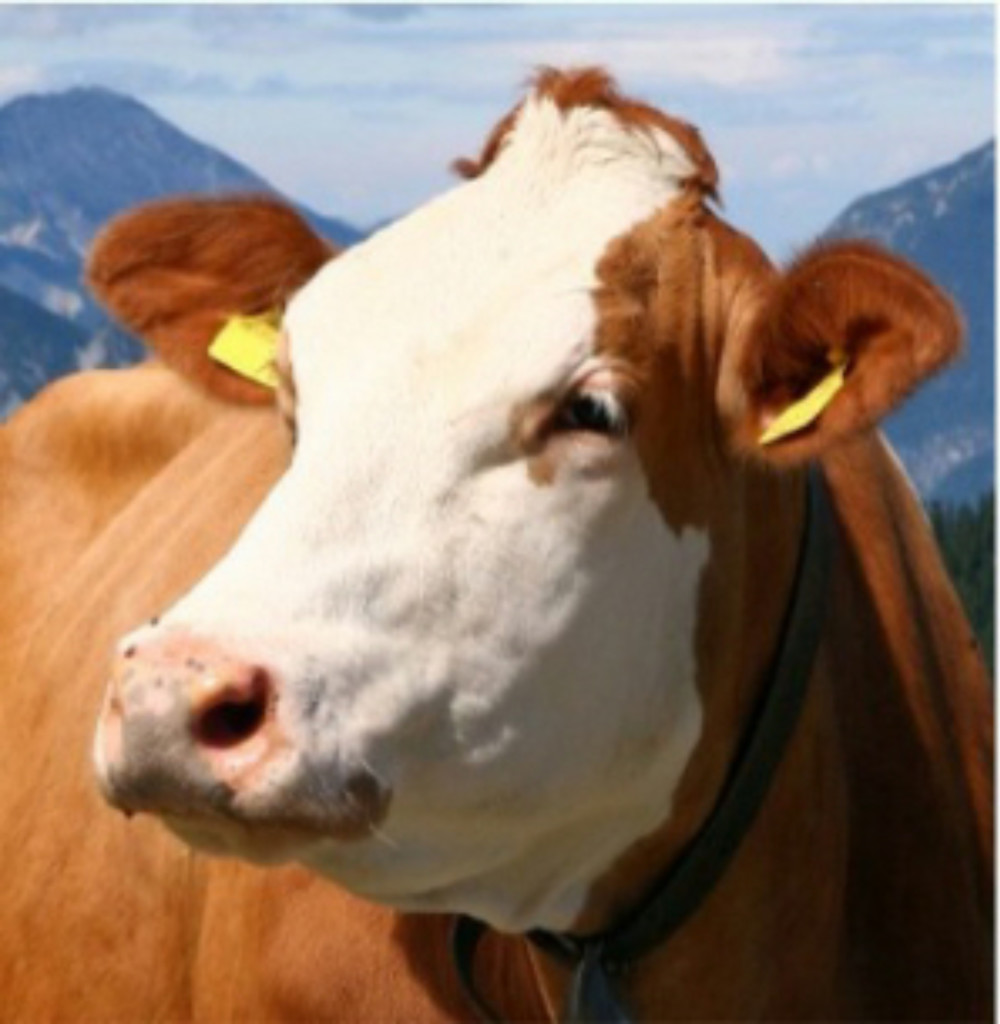Grass Tetany in Cattle
by Ben J. Character, DVM

Every spring, it is important to watch for signs of Grass Tetany in cattle herds. Grass tetany (or Hypomagnesemia) occurs when blood levels of the electrolyte magnesium become too low. Magnesium is found in all forages and is usually provided for with good quality feed.
Grass tetany occurs primarily in the springtime when the grasses are very lush. Because of the high water content of the lush grass, cattle fill up quicker and eat less total weight of forage. During the intense growth phase of the grass during the springtime, there are less nutrients such as magnesium, and there is a reduced intake of fiber because more water is consumed through the forage rather than fiber. This produces the perfect conditions for grass tetany to occur.
The good news is that grass tetany can usually be prevented. This is accomplished simply by feeding “High Mag” mineral (a mineral high in magnesium). You should begin feeding the “High Mag” mineral in December or January after discontinuing the medicated mineral used to control Anaplasmosis. A good program for most cattle herds would include a year-round use of mineral supplements, using ‘High Mag’ mineral January through June, and medicated mineral for July through December.
The signs of grass tetany usually include a down cow with trembling or paddling of limbs, and muscle tremors, and should be considered an emergency. Treatment includes intravenous and oral or rectal magnesium. If a veterinarian can not be reached, an emergency treatment consisting of 1 cup of Epsom Salts mixed in ½ gallon of water given rectally (this solution is poisonous if given orally) until a veterinarian can be reached.
For more information about this issue and how it might affect your herd, feel free to contact us. We will be happy to help!
